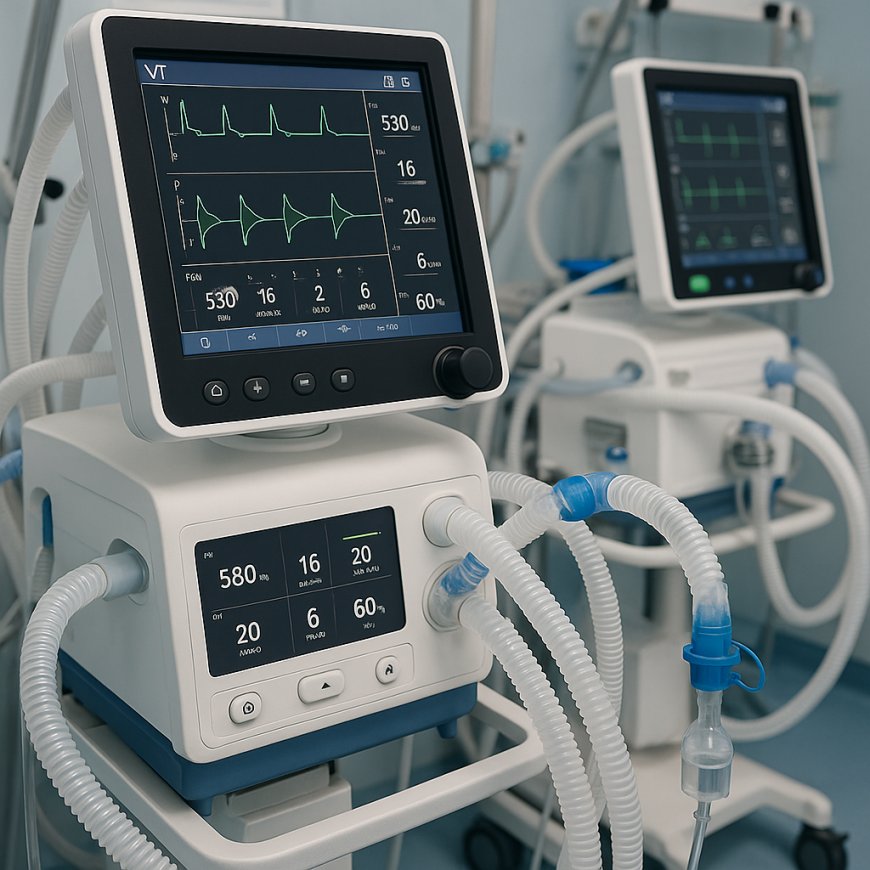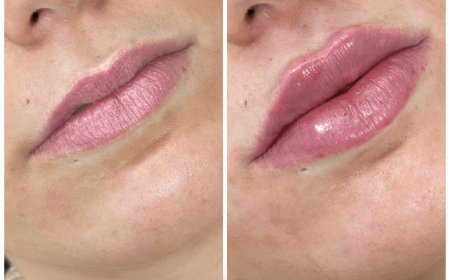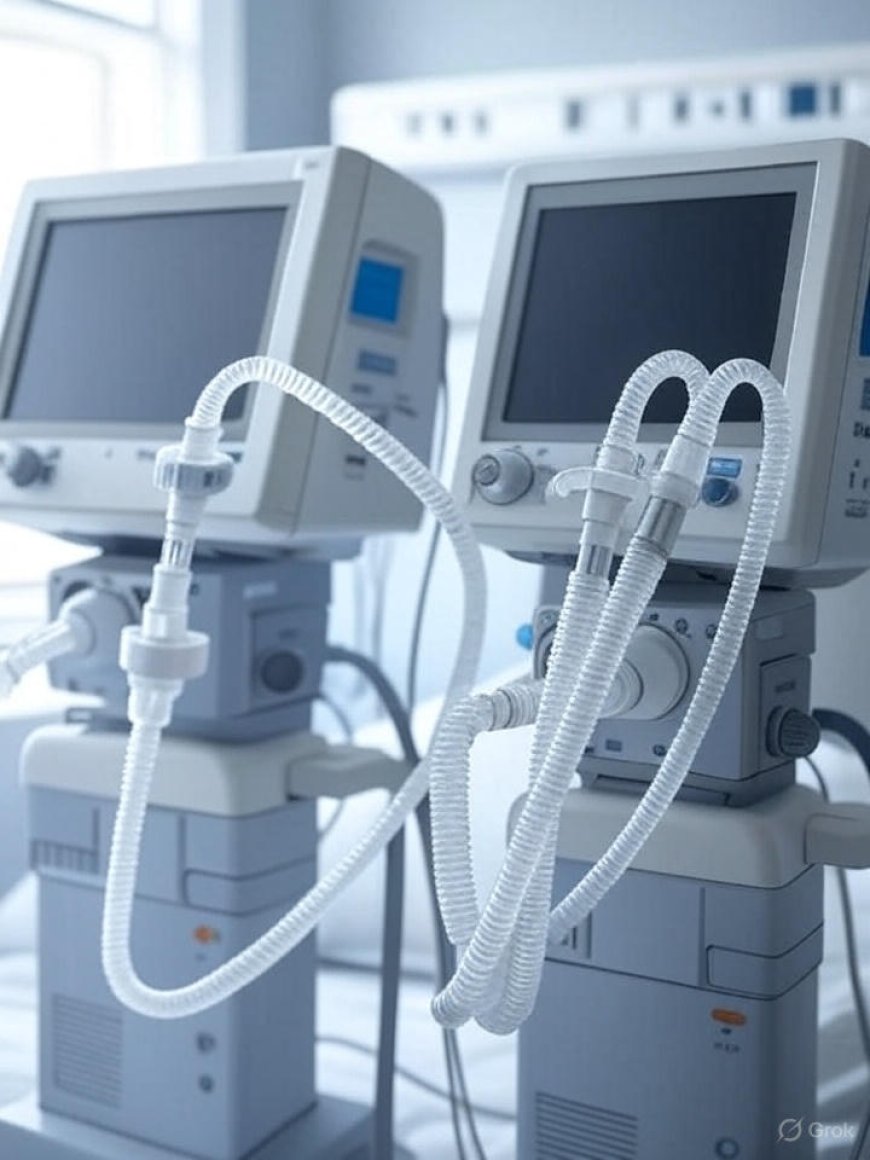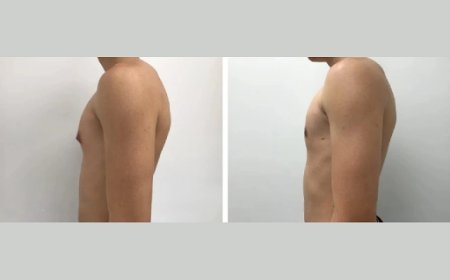Mechanical Ventilators Market Outlook 2025–2035: Life-Saving Innovation in Critical Respiratory Care
Mechanical Ventilators Market size is projected to reach US$ 7.2 Bn by 2035 from US$ 4.3 Bn in 2024. Explore key drivers, market segmentation, regional insights, and innovations shaping the future of critical respiratory care.

The global mechanical ventilators market is poised for steady growth, underpinned by rising respiratory disorders, aging populations, and the integration of AI in critical care technologies. Valued at US$ 4.3 Bn in 2024, the market is expected to reach US$ 7.2 Bn by 2035, expanding at a CAGR of 4.8% during the forecast period.
Ventilators have become essential in modern healthcare for managing acute and chronic respiratory failure, particularly in ICUs, emergency rooms, and home care settings. As countries fortify healthcare systems and hospitals upgrade their intensive care units (ICUs), mechanical ventilators are increasingly considered core life-support devices.
Market Overview
Mechanical ventilators are devices that assist or replace spontaneous breathing in patients. They are used across multiple care settingsfrom hospitals and trauma centers to transport units and homecare environments.
Post-COVID-19, governments and healthcare systems have ramped up production, local manufacturing, and stockpiling of ventilators. Simultaneously, innovations in connectivity, portability, and data-driven care have turned mechanical ventilators into smart devices, capable of improving patient outcomes and enabling remote monitoring.
Key Market Drivers
? Rising Prevalence of Respiratory Disorders
The global burden of respiratory diseases such as Chronic Obstructive Pulmonary Disease (COPD), asthma, and pulmonary fibrosis is significantly increasing. According to WHO, over 3.2 million people die annually from COPD, making it the third leading cause of death globally.
With the growing geriatric population and prevalence of comorbidities, the demand for both short-term and long-term respiratory support continues to escalate. Mechanical ventilators are becoming indispensable for managing acute respiratory distress syndrome (ARDS), exacerbations of COPD, and post-operative respiratory complications.
Moreover, non-invasive ventilation (NIV) is being adopted in outpatient and homecare settings to reduce hospital readmissions and lower overall treatment costs.
? Technological Advancements and AI Integration
Modern ventilators are evolving into intelligent systems. Integration of AI and machine learning allows these devices to:
-
Automatically adjust ventilation parameters like tidal volume, pressure, and respiratory rate
-
Reduce ventilator-induced lung injury (VILI)
-
Predict patient deterioration using real-time analytics
Companies such as Hamilton Medical offer Adaptive Support Ventilation (ASV) technology, enabling smart closed-loop ventilation based on lung mechanics. AI-powered dashboards help clinicians make informed decisions while improving ICU efficiency and reducing length of stay (LOS).
Smart ventilators are also supporting tele-ventilationremote monitoring and management of ventilated patientsespecially in rural clinics and homecare settings where clinical supervision is limited.
Segment Insights
? Invasive Ventilation Dominates Market Share
Invasive ventilators are the backbone of ICU care. They offer superior control over airway pressure and oxygenation and are primarily used in ARDS, severe pneumonia, cardiac ICUs, trauma, and during surgeries requiring general anesthesia.
They are the standard choice for high-acuity patients due to their ability to protect the airway via intubation and provide consistent, controlled respiratory support. During the COVID-19 crisis, a significant portion of ARDS patients globally required invasive mechanical ventilation.
Meanwhile, non-invasive ventilators (NIV) are gaining momentum in less critical care settings and homecare, especially for managing chronic diseases like COPD and sleep apnea.
Regional Outlook
? North America Leads the Global Market
North America remains the leading region in the global mechanical ventilators market due to its:
-
Advanced critical care infrastructure
-
High number of ICU beds (95,000+ in the U.S.)
-
Strong reimbursement policies
-
Aggressive investments in life-saving technologies
The U.S. government leveraged the Defense Production Act during the pandemic, resulting in massive production surges and technological upgrades in ventilators by companies such as Medtronic, GE Healthcare, and Vyaire Medical.
Canada is also a significant contributor, with public-private partnerships driving innovation and indigenous ventilator development. The region's push for digital health tools and AI-supported ICUs is accelerating innovation.
? Asia Pacific Gaining Momentum
Emerging economies like India, China, and South Korea are rapidly scaling up healthcare infrastructure and investing in district-level ICUs. Government-backed health reforms, rising critical care awareness, and increasing respiratory disease incidence are fueling market expansion.
The Asia Pacific region is also home to cost-efficient local manufacturers such as Noccarc Robotics and Mindray, contributing to a robust and accessible ventilator market.
Key Players in Mechanical Ventilators Market
Leading companies are focusing on product innovation, connectivity enhancements, and strategic partnerships to meet evolving market needs. Notable players include:
-
GE HealthCare
-
Hamilton Medical
-
Medtronic
-
Philips
-
Vyaire Medical
-
Mindray
-
Narang Medical Limited
-
Draeger
-
ResMed Inc.
-
Fisher & Paykel Healthcare
-
Getinge
-
Noccarc Robotics Pvt Ltd
-
A.B. Industries
-
SCHILLER
? Recent Developments
-
Oct 2024: GE HealthCare declared its EVair Compressor emits formaldehyde within safe thresholds, easing regulatory concerns.
-
Jan 2024: Mindray announced a US$ 927 Mn acquisition of APT Medical to expand into cardiovascular domains, reflecting the companys diversification strategy in patient monitoring and respiratory care.
? Market Snapshot
| Attribute | Details |
|---|---|
| Market Size (2024) | US$ 4.3 Bn |
| Forecast Value (2035) | US$ 7.2 Bn |
| CAGR (20252035) | 4.8% |
| Leading Segment | Invasive Ventilation |
| Key Applications | Respiratory Distress, ARDS, Pneumonia |
| Leading Region | North America |
| Notable Trends | AI-integrated ventilators, Tele-ICU |



































